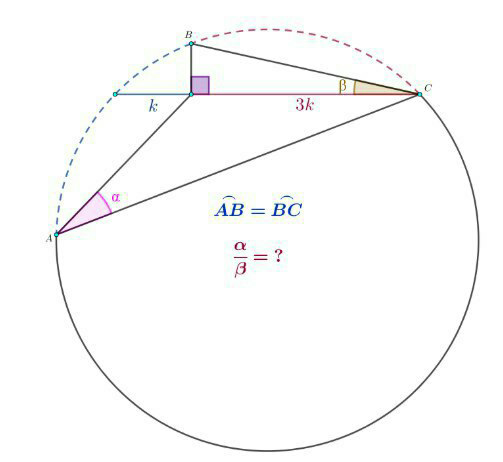
AllQuestion and Answers: Page 1305
Question Number 84035 Answers: 0 Comments: 2
$$\int\frac{{x}−\mathrm{4}}{{x}^{\mathrm{4}} −\mathrm{1}}{dx} \\ $$
Question Number 84170 Answers: 2 Comments: 0
Question Number 84030 Answers: 0 Comments: 0
$${find}\:\int\:\sqrt{\frac{{x}+\mathrm{2}}{{x}^{\mathrm{2}} −{x}−\mathrm{3}}}{dx} \\ $$
Question Number 84029 Answers: 0 Comments: 0
Question Number 84021 Answers: 3 Comments: 1

Question Number 84019 Answers: 2 Comments: 2
Question Number 84018 Answers: 0 Comments: 0

Question Number 84014 Answers: 0 Comments: 1
Question Number 84002 Answers: 0 Comments: 0
Question Number 84001 Answers: 0 Comments: 2

Question Number 84000 Answers: 1 Comments: 1

Question Number 83999 Answers: 0 Comments: 0

Question Number 83991 Answers: 0 Comments: 1
Question Number 83989 Answers: 0 Comments: 3
Question Number 83984 Answers: 1 Comments: 0
Question Number 84005 Answers: 2 Comments: 4
Question Number 84004 Answers: 0 Comments: 0

Question Number 83977 Answers: 2 Comments: 0
Question Number 83975 Answers: 2 Comments: 0
Question Number 83966 Answers: 2 Comments: 0
Question Number 83965 Answers: 0 Comments: 3
Question Number 83964 Answers: 1 Comments: 0
Question Number 83961 Answers: 0 Comments: 1
Question Number 83960 Answers: 2 Comments: 1
Question Number 83956 Answers: 1 Comments: 1
Question Number 83943 Answers: 1 Comments: 0
Pg 1300 Pg 1301 Pg 1302 Pg 1303 Pg 1304 Pg 1305 Pg 1306 Pg 1307 Pg 1308 Pg 1309
